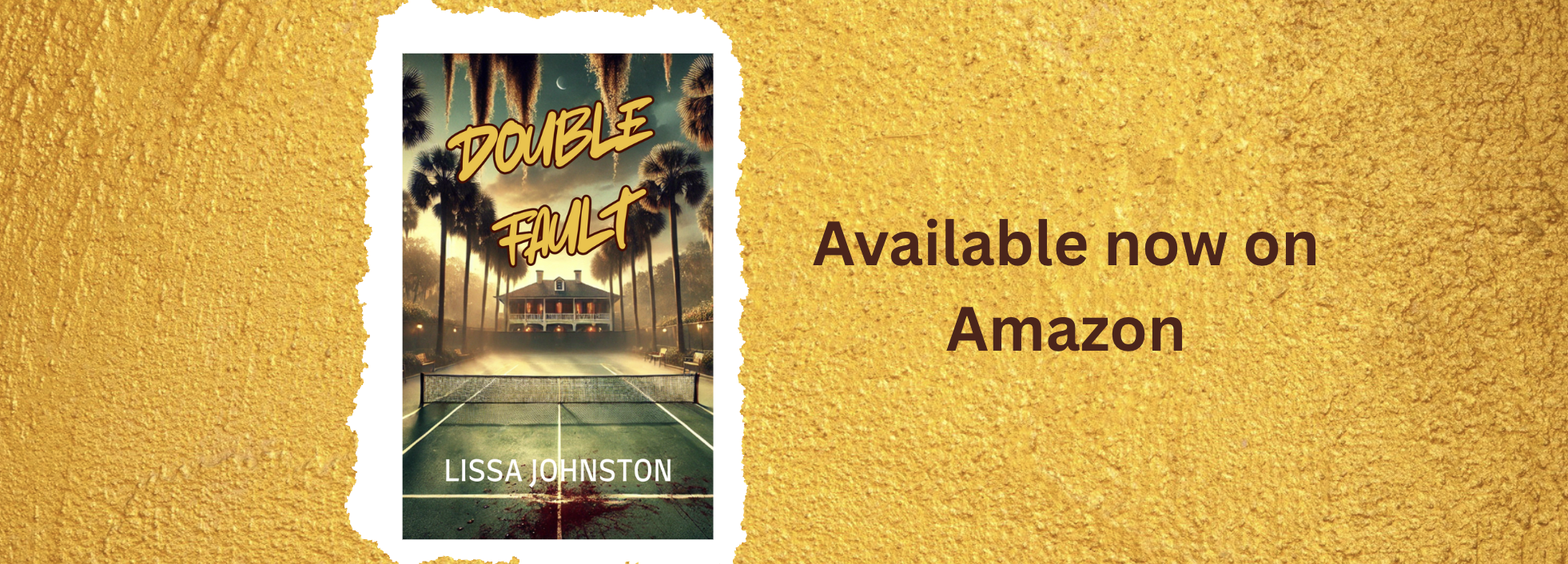Like many writers, the lion's share of my marketing efforts is directed at Facebook and Twitter. But the focal point of my recent engagement efforts has added a third leg to the marketing stool: Goodreads. It's not as if I've mastered the other two - I certainly haven't. But when another writer friend mentioned I hadn't set up an author presence on GR (thanks, Matt!), I did some checking and realized I was overlooking an important piece of the marketing puzzle.

As an avid reader, I've been enjoying Goodreads for years. It's a great way to organize reading lists and find book recommendations. Turns out it's also a great way to network with other readers. More readers mean more reviews. More reviews (even if they're not five stars) are better than no reviews.
In the process of setting up my author presence there, I discovered I had never invited my Facebook and Twitter friends to befriend me on Goodreads as well. This was a simple click that grew my GR friends from 60 or so to 350+ and counting. Investigating some of these new GR friends' profiles, reaching out via GR's email function, and joining special interest groups has already led me to some wonderfully generous authors who have shared some great tips with me, like Susan May. Thanks to her cogent explanation of how and why to use Goodreads, I am committed to making GR an equal partner in my social networking efforts.
By now I hope I've convinced you to include Goodreads in your engagement strategy. How much time, you may be wondering? On a recent day, this is how I spent the time I apportioned to marketing/platform:
- I selected a page of Goodreads friends, around 30 names or so.
- I clicked on each name to view their profile.
- I reached out via GR and introduced myself.
- If they had written any books, I selected at least one as Want To Read.
- I noted their Twitter handle and made sure I was following them.
- Ditto their Facebook page.
- If they had a website, I visited it.
- If they had a blog, I read a few posts and commented if I had something relevant to say.
- I subscribed to their website.
- I shared any posts I thought fit into my platform.
This cost me nothing in actual dollars and cents, and took about one hour of my time. With over 300 friends on Goodreads, working through one page of friends per day, I estimate it will take about two weeks to complete this project. Once I'm caught up, I hope to stay current as I add friends, rather than doing them in batches.
If there are any programs or apps out there that will show me the social media info of people I already follow on Goodreads or Facebook or Twitter, please let me know what they are. I know you can invite FB and Twitter friends to GR, but I don't know of any way to do the reverse other than manually.
Let me digress (and it just wouldn't be one of my blog posts if I didn't digress, now would it?) and thank all of you who place your social networking gadgets in a prominent place near the top of your website. Hunting and gathering for links is the number one time waster in this whole platform/engagement endeavor. I can't tell you how many times I had to go searching manually for authors' Facebook pages because there was no indication on their website they the had ever heard of FB, much less set up a page there. But when I clicked over to Facebook on my own, just to double check, and typed in the author's name in the FB search bar, lo and behold! There was a perfectly nice FB page, all up to date with current posts and lots of likes and everything, just waiting to be discovered. People, for the love of all that is holy, please keep your websites updated with live links. If I hadn't been in OCD mode, bound and determined to track them down, I would have done the BOTH and zoomed on to the next author's site. That is all.

Being engaged is a good feeling. Human interaction can be a lot of work, but also very gratifying. I'm enjoying working with Goodreads. It's a nice change of pace from FB and Twitter, which, let's face it, can be something of a cricket echo chamber. And here's the requisite CTA: I hope you will take a minute and follow me on Goodreads. I follow back.
Thanks for reading! If you enjoyed reading this, I hope you'll take a minute to subscribe to my newsletter.







 For many people, mention 'November' and their faces light up with thoughts of juicy turkey dinners, splurge desserts, warm toddies by the fireplace, football, family, falling leaves, and many other sensory delights. But if you get a reaction more similar to PTSD, or having been tasered, that person is probably a writer.
For many people, mention 'November' and their faces light up with thoughts of juicy turkey dinners, splurge desserts, warm toddies by the fireplace, football, family, falling leaves, and many other sensory delights. But if you get a reaction more similar to PTSD, or having been tasered, that person is probably a writer.